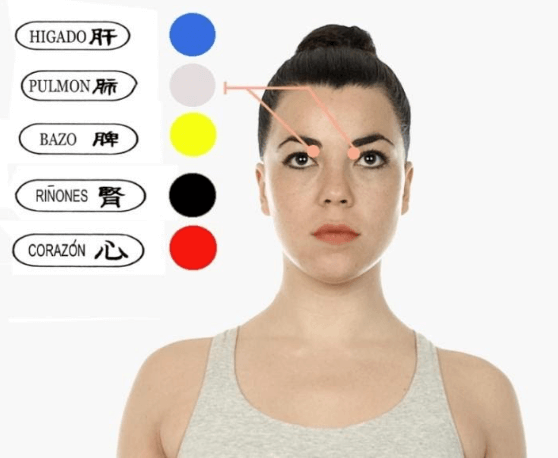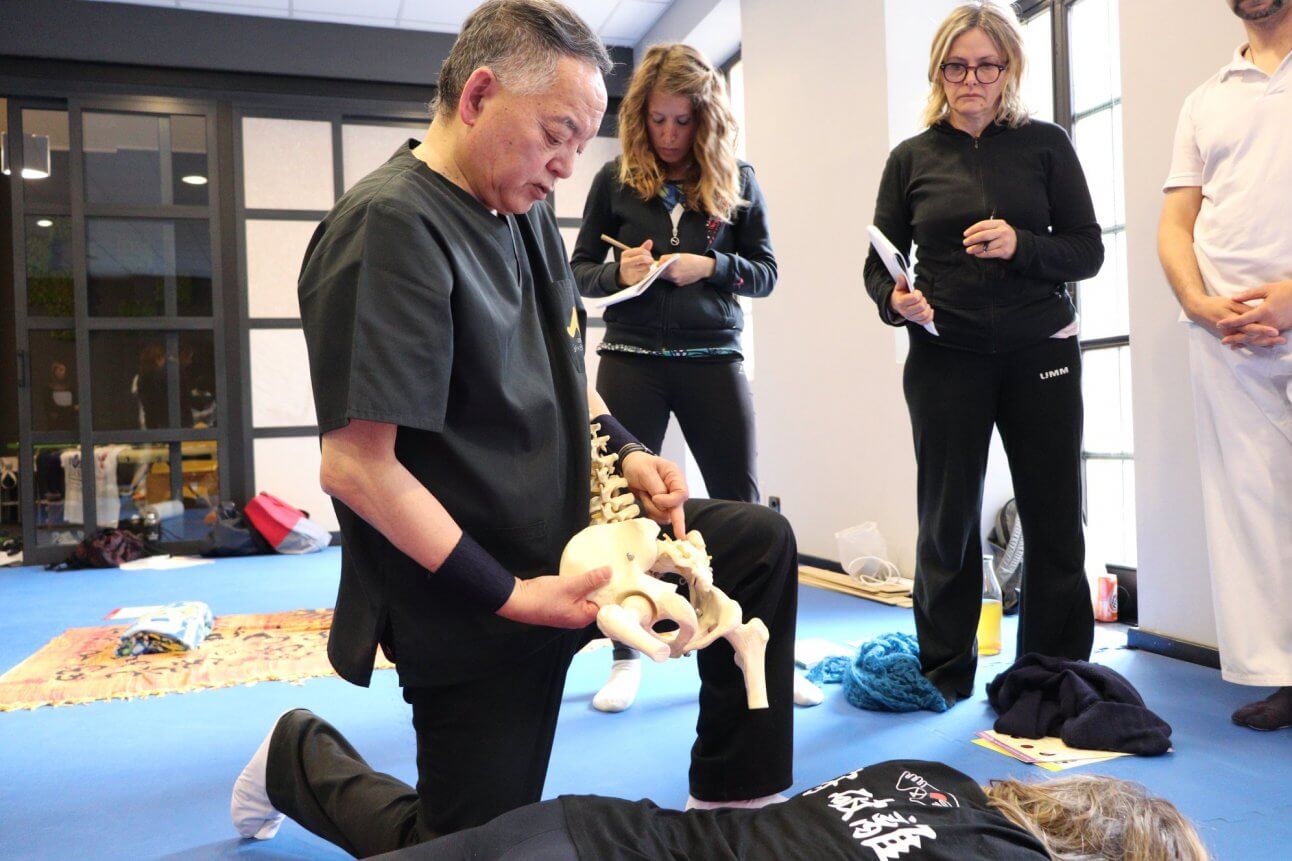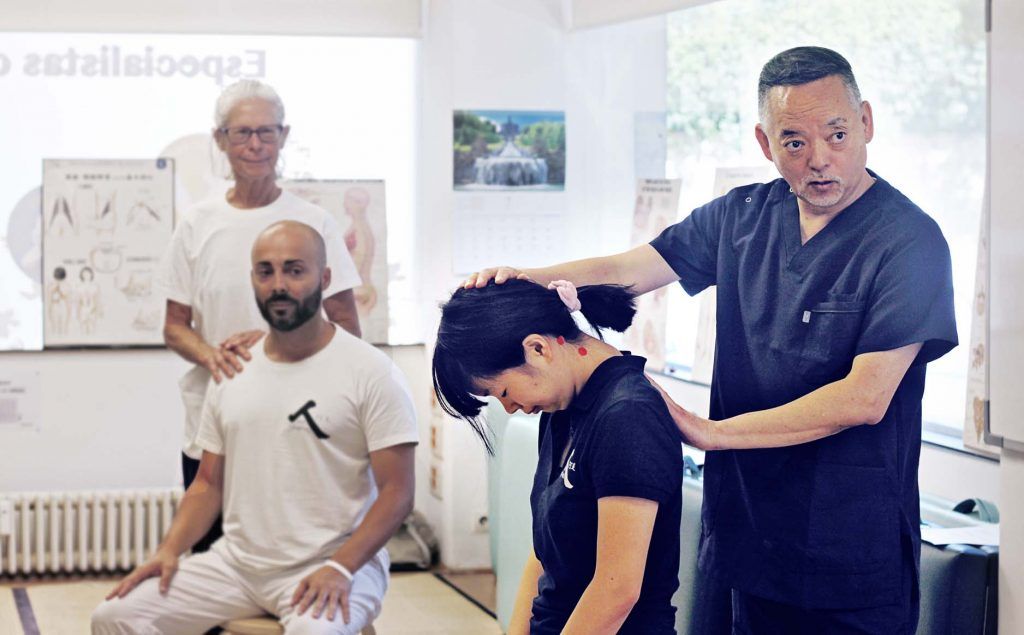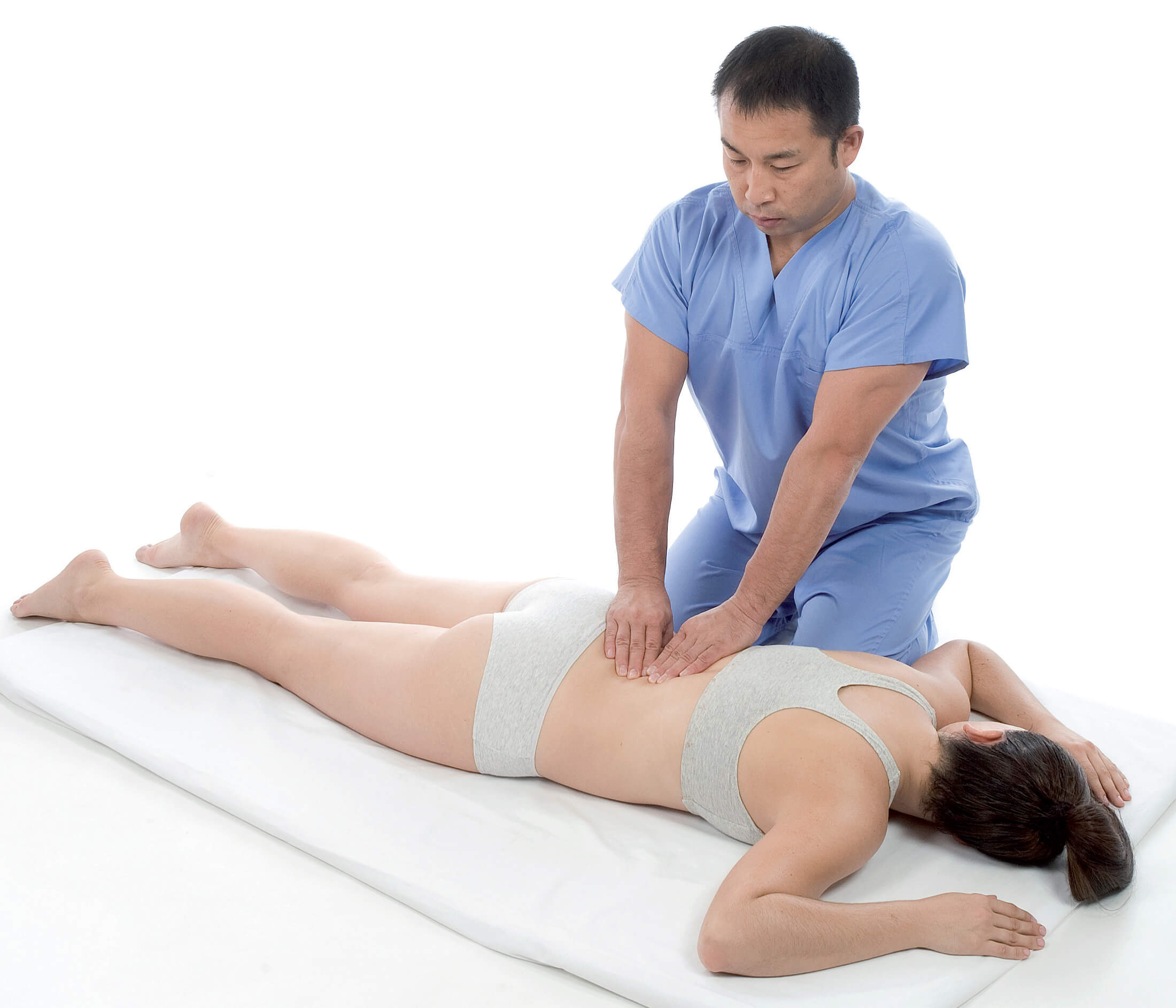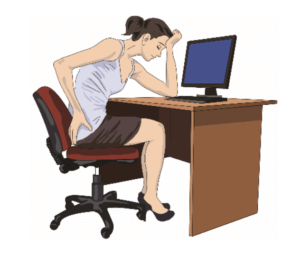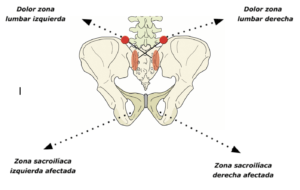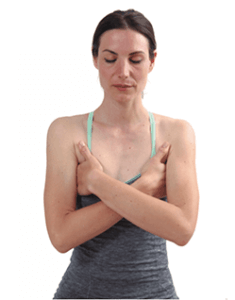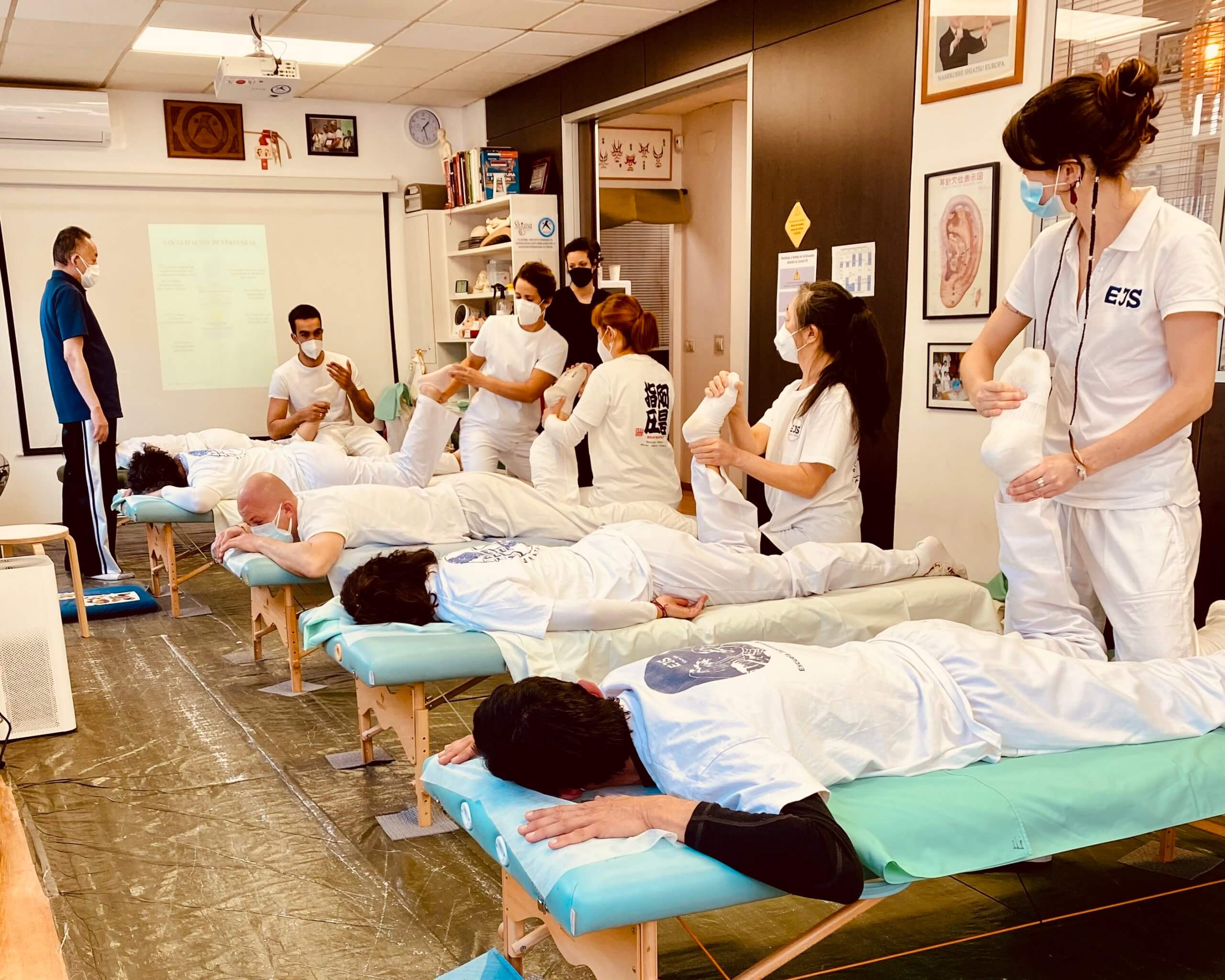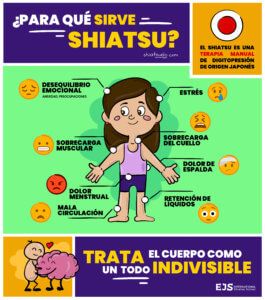SHIATSU FOR THE FACE
What are the benefits of a Shiatsu session?
Today, we develop in this article what is Shiatsu facial and its benefits, an article that can make us see Shiatsu in a different way, as a more versatile treatment than it may seem if we do not know much about this therapy.
Of course, everything related to Japan and beauty has been associated with good skin care for Japanese women, as well as the balance of body and mind.
With Shiatsu, we contribute to toning our musclesrelax at the same time as we reduce wrinkles What more could you ask for from a single therapy? Just as we exercise the muscles of our body in order to keep our skin smooth and healthy and to eliminate toxins, wouldn't it make sense to do the same for our face? The face is our calling card, the first thing others see of us and through which we express all our emotions.
Facial skin is very sensitive and needs a certain level of relaxation to properly receive any type of treatment. To achieve this, we recommend working the neck and shoulders before direct manipulation of the face. The tension and stress of everyday life affects our emotional level. This causes the body to contract as a protective and survival measure. Muscle tension is transmitted from the dorsal area up through the shoulders, neck and into the face. Therefore, by relaxing the shoulders and neck we influence the state of the facial muscles, facilitating further work.
We must take into account the reason for the need for facial treatment. A bad face can make the observer think that we have a bad disposition or antipathy; this can provoke an unconscious rejection reaction.
The accumulated tension makes us look older, aged. In addition, symptoms such as headaches, jaw tension, drooping eyelids, dental wear, crow's feet and abnormal hair loss occur.
Even the best make-up cannot hide these effects. Even superficial work on the face will not achieve the same results; it will never correct the problem. It is necessary, then, a technique that works at deep levels to restore the light to the face. Shiatsu harmonises the muscles, blood and lymphatic circulation and activates the parasympathetic nervous system.
The patient should be aware that the Shiatsu treatment is going to beyond simple massage relaxation, working deeply on all organ systems.
How Shiatsu is performed in the facial area
The therapist will remain seated next to the patient's head, following the line of the patient's body. The patient will remain lying on the stretcher in the supine position.
To begin with, we can play the eye and eyebrow areaIt is quite important, especially with the "colour" that this area has. The colour does not appear literally, we have to feel it.
Depending on the colour, this is a symptom of problems related to a particular organ.
In Shiatsu there are different types of pressure in general, in the neck use a slow and deep pressure without leaving quickly. It is necessary to stimulate the area but without overdoing it. We have to keep in mind that Shiatsu is an oriental technique originally developed for easterners; the westerner is much more sensitive and less tolerant of deep pressure. Therefore, we have developed a style of Shiatsu suitable for Western bodies and minds. We call this Aze Style.
Observing breathingfrom the abdomen (hara, in Japanese). If we apply good pressure, the breathing will become slower and more relaxed, reaching down to the lower abdomen.
Objective:
By relieving muscle tension in the neck, you can improves blood circulation of the area increasing oxygenation, lymphatic circulation with increased elimination of toxins and decompression of the nervous system. In addition, the energy channels that pass through the area are also released, increasing the energetic circulation. According to Traditional Chinese Medicine, improving the lower area reflects an improvement in the upper area. Therefore, with a relaxed neck, the face will have much less tension.
The duration of the complete Shiatsu treatment of the neck and face should not exceed thirty minutes.
Shiatsu, as we have seen in this article, is much more than a technique to relieve back pain, as many people expect. With a complete Shiatsu treatmentThe improvement is noticeable all over the body, including the face. Find out more about Shiatsu.
Related to facial Shiatsu, but more focused on the aesthetics and improvement of the skin, we find the technique of Kogao Facelift.
Our School

